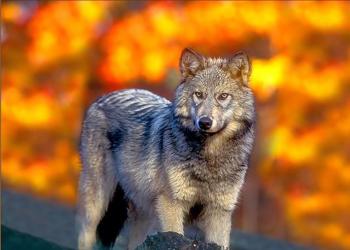
An official website of the United States government
Here's how you know
Official websites use .gov
A .gov website belongs to an official government organization in the United States.
Secure .gov websites use HTTPS
A lock (
) or https:// means you’ve safely connected to the .gov website. Share sensitive information only on official, secure websites.
Alerts:
View All Alerts 🡪
Hume Lake Ranger District Road Closure Except ATV/OHV and Tracked Vehicles - 2025
Hume Lake Ranger District Road Closure Except Tracked Vehicles - 2025
Hume Lake Ranger District Winter Roads Closure - No Exceptions - 2025
Kern River Ranger District Glass Container Prohibition
Kings River Scenic Byway Dispersed Camping Prohibition 2025
Fire Danger Status
Low
Sequoia National Forest


